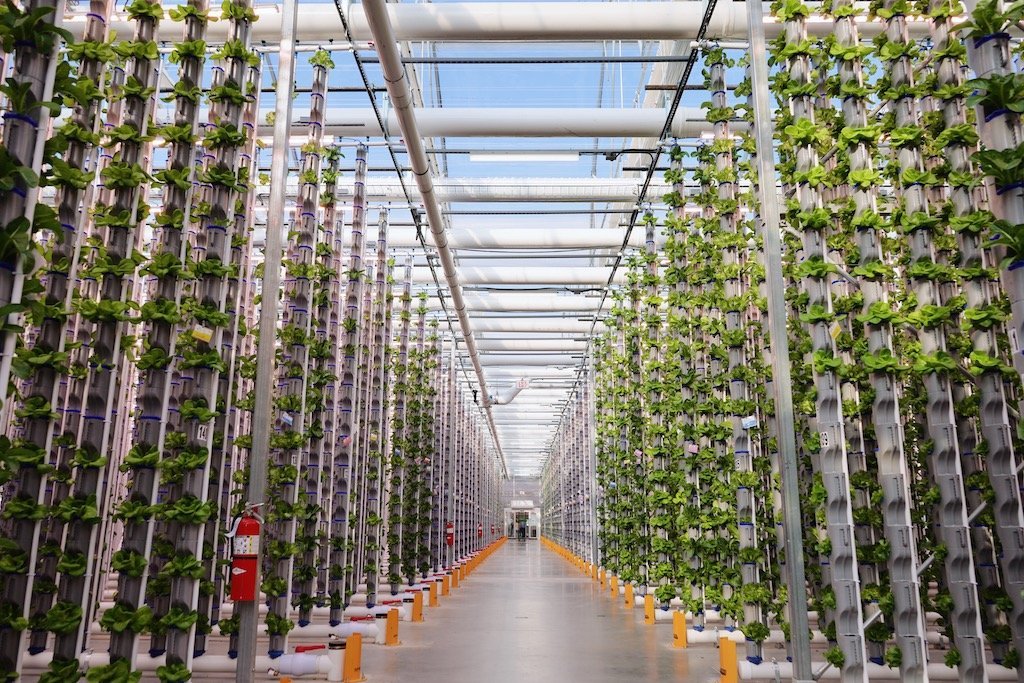Recently opened, De Lettuce B.E.A.R. is one of Malaysia’s first producers of its kind. The opening ceremony marked a crucial turning point for Malaysia’s agricultural sector.

Bluelab has partnered with the Malaysian indoor vertical lettuce farming and hydroponics business De Lettuce B.E.A.R. Recently opened, De Lettuce B.E.A.R. is one of Malaysia’s first producers of its kind. The opening ceremony marked a crucial turning point for Malaysia’s agricultural sector.
Delegates from the Ministries of Agriculture of Malaysia, Indonesia, Vietnam, Thailand’s Lasetsart University, and Vietnam’s Nong Lam University attended the conference.
A standardised vertical farming rack with specialised light recipes is used in the indoor farm. For this growing technique, the NFT-DWC hybrid irrigation modes were developed, allowing De Lettuce B.E.A.R. to sustainably grow nutrient-dense lettuce varieties.
The Autogrow MultiGrow can fully regulate the fertigation, lighting, and climate requirements for each of the eight growing zones.
Hwang Shuang Chuan, Bluelab’s Regional Business Manager, made the following remarks about the collaboration: “For Bluelab, this project is exciting.
Vertical farming has a lot of potential to increase food production in Malaysia, and we are excited to support De Lettuce B.E.A.R with their cutting-edge vertical hydroponic system by offering the technology.”
“Autogrow’s advanced control systems allow De Lettuce Bear to optimise the retention of essential nutrients in their vegetables sustainably,” said group chairman Jack Wee. The technology and systems integration used by De Lettuce B.E.A.R. were provided by Bluelab.
Growing crops in vertical layers is known as “vertical farming.” It frequently uses soilless farming methods like hydroponics, aquaponics, and aeroponics as well as controlled-environment agriculture, which aims to optimise plant growth.
Buildings, shipping containers, tunnels, and defunct mine shafts are a few examples of common structures used to house vertical farming systems. Around 30 ha (74 acres) of operational vertical farmland will exist globally by the year 2020.
The modern concept of vertical farming was proposed in 1999 by Dickson Despommier, professor of Public and Environmental Health at Columbia University. Despommier and his students came up with a design of a skyscraper farm that could feed 50,000 people. Although the design has not yet been built, it successfully popularized the idea of vertical farming.